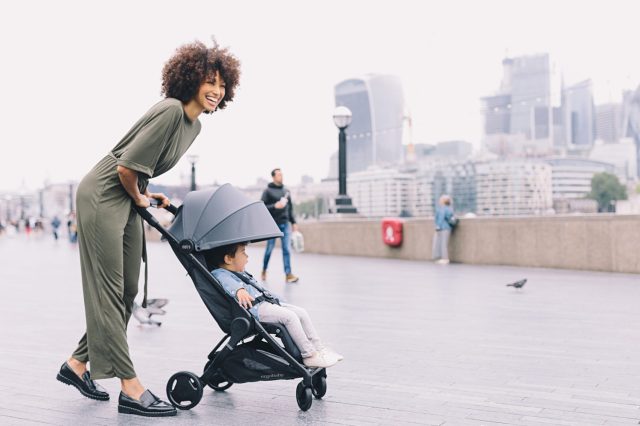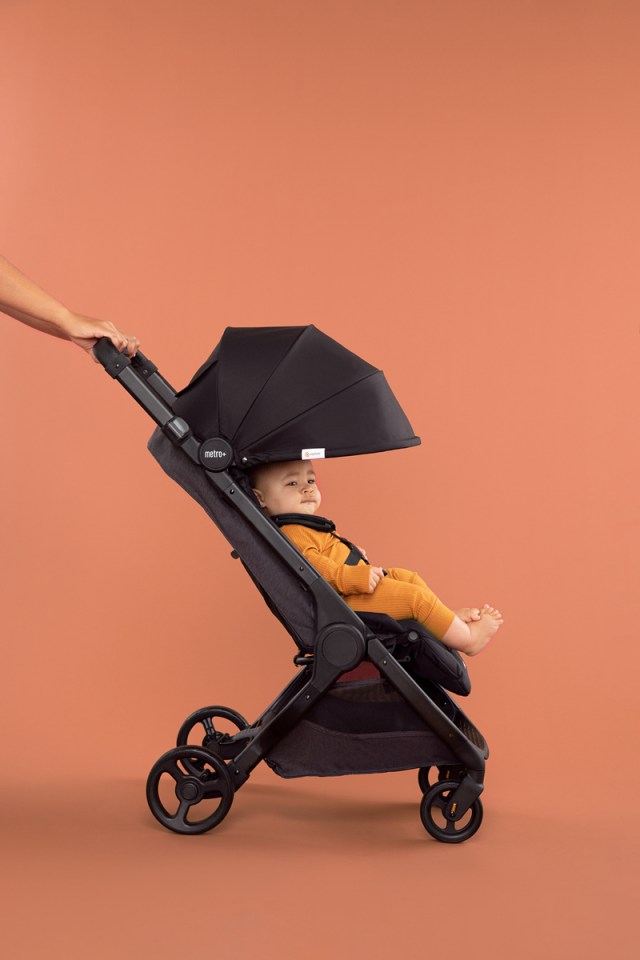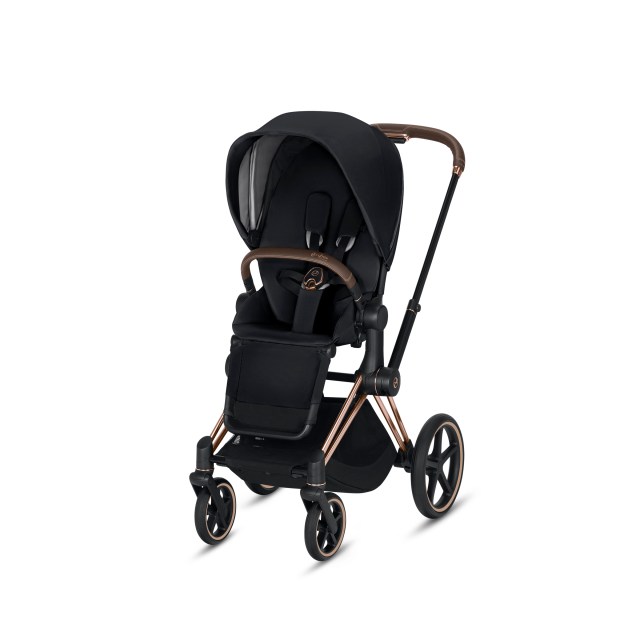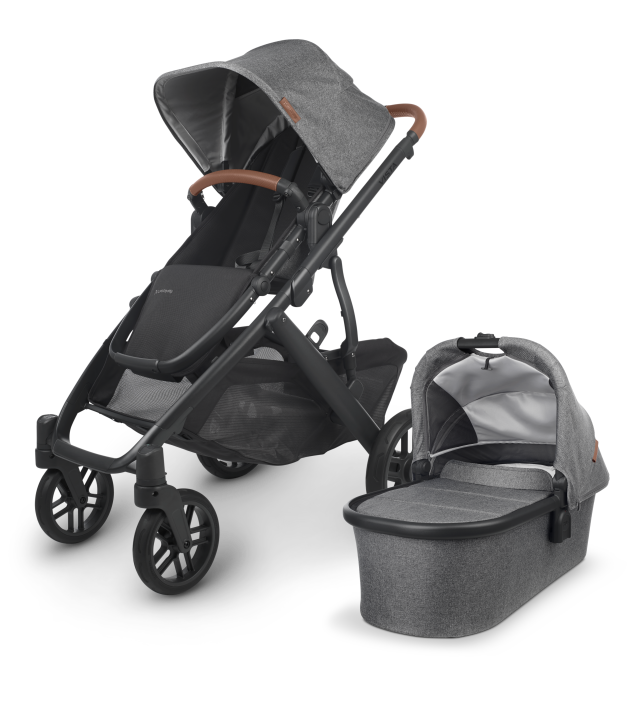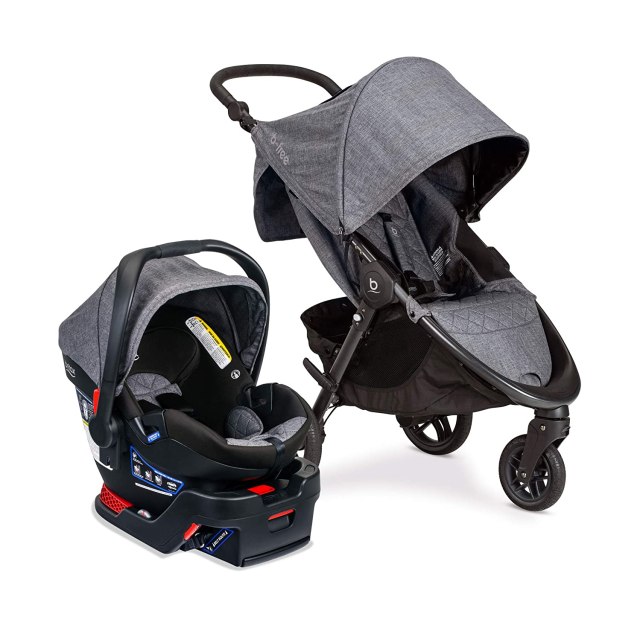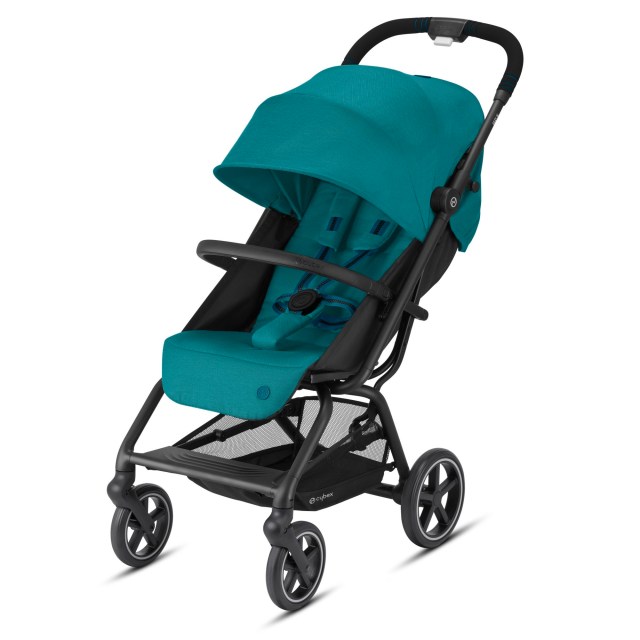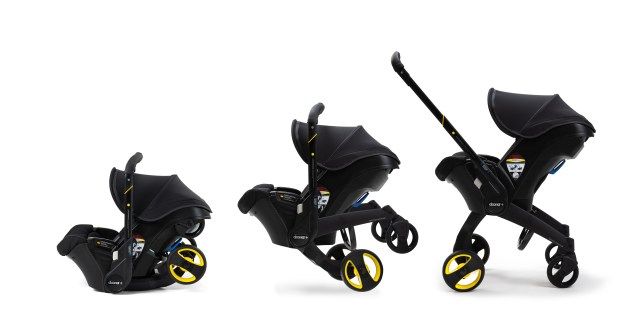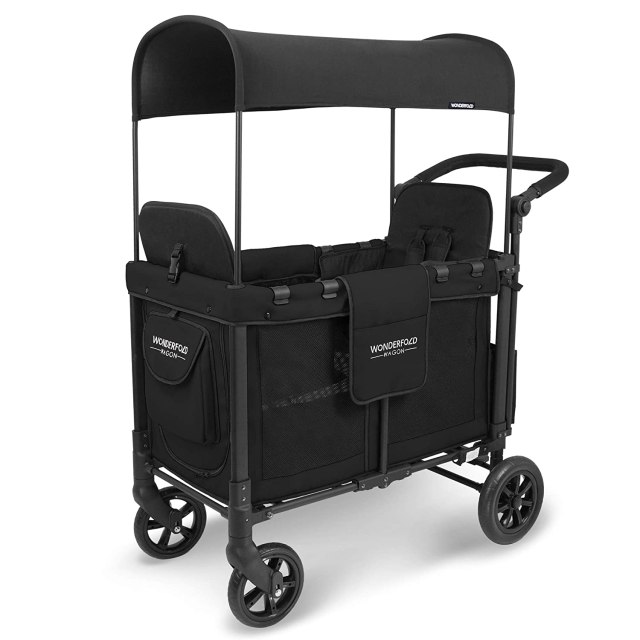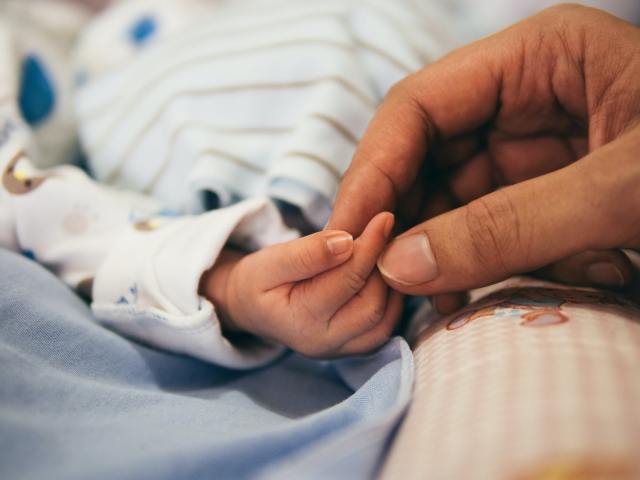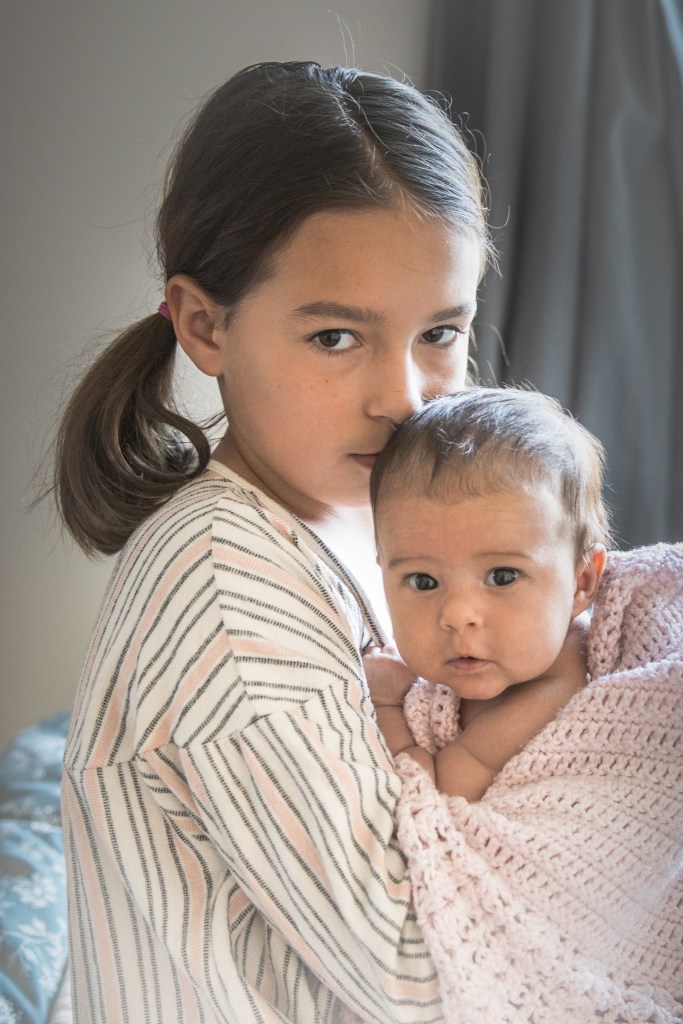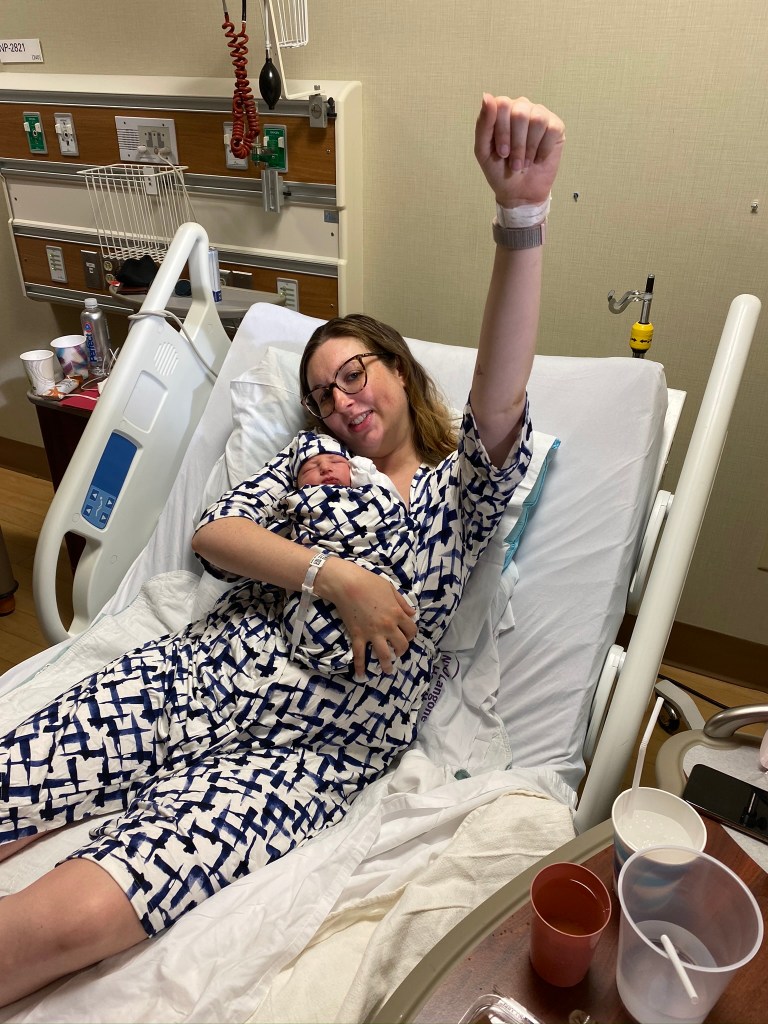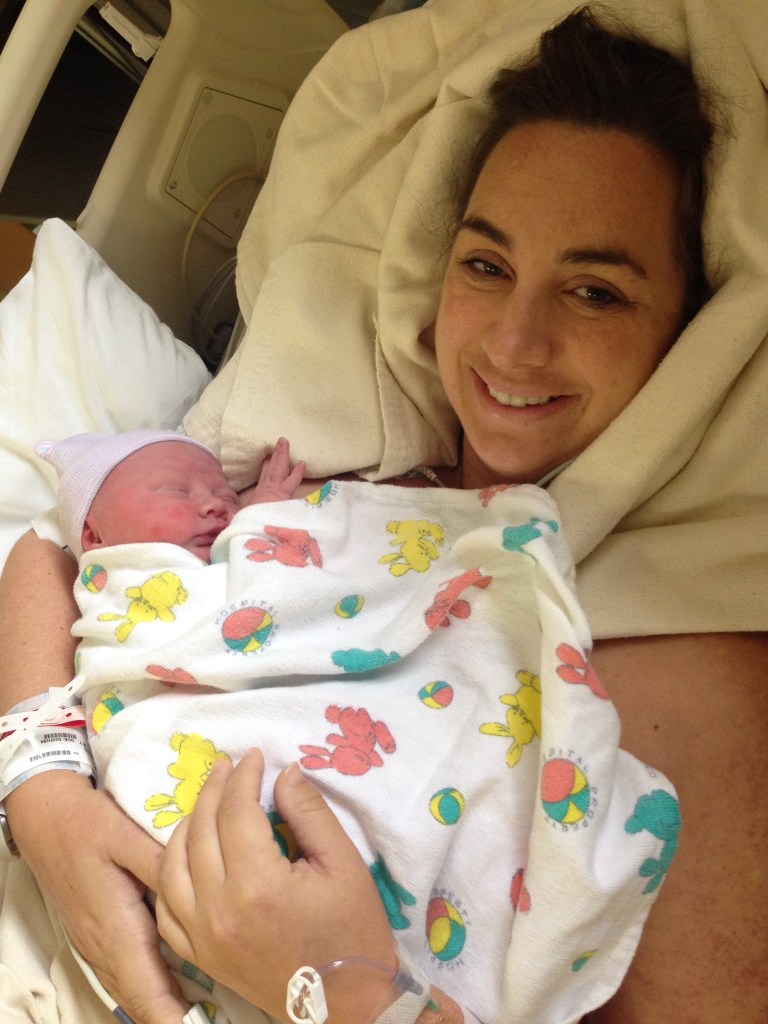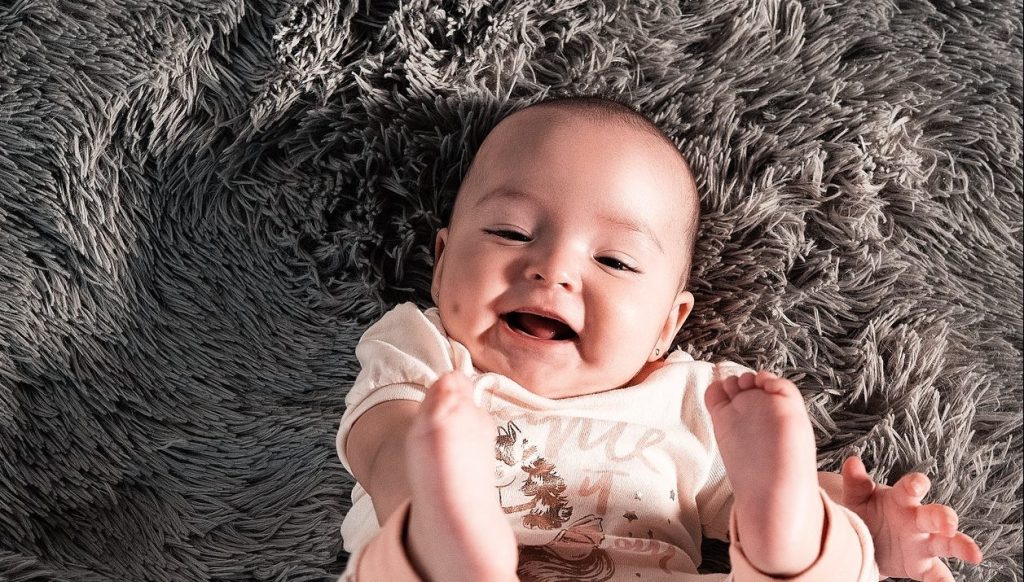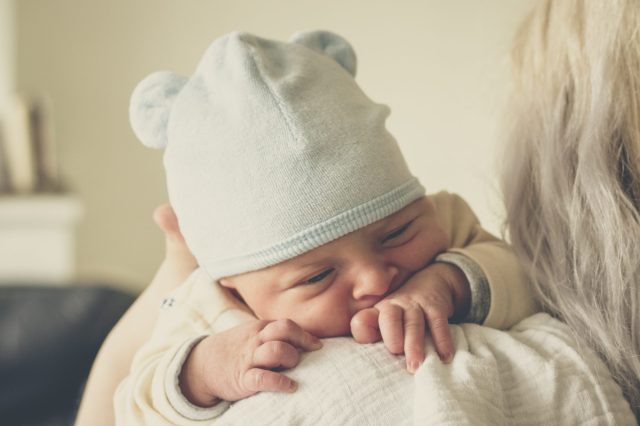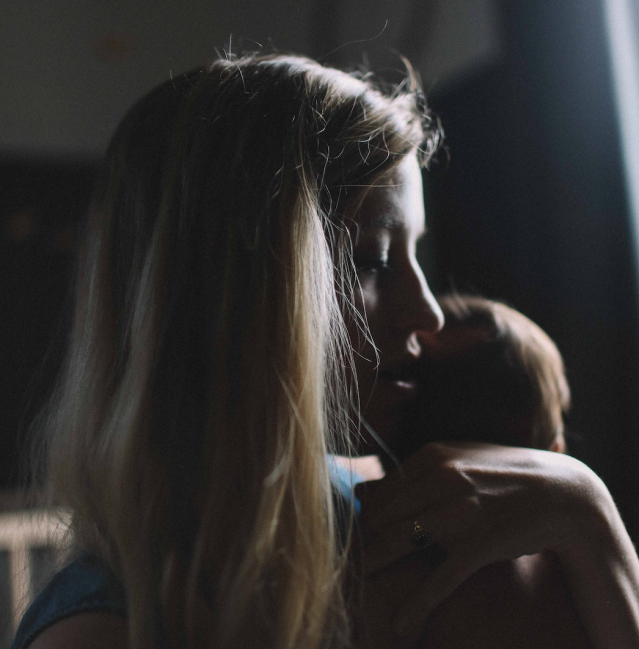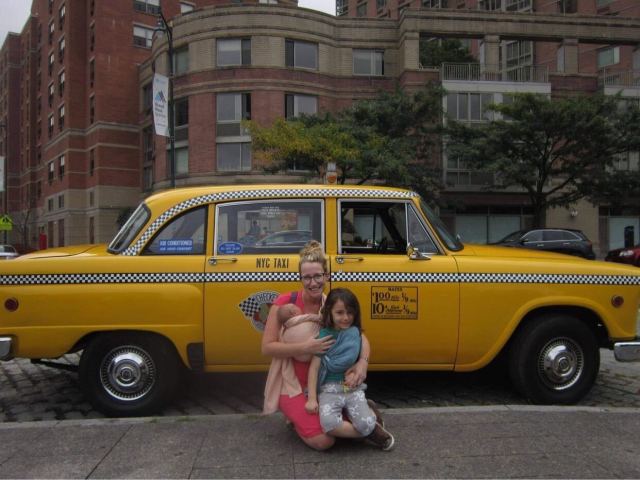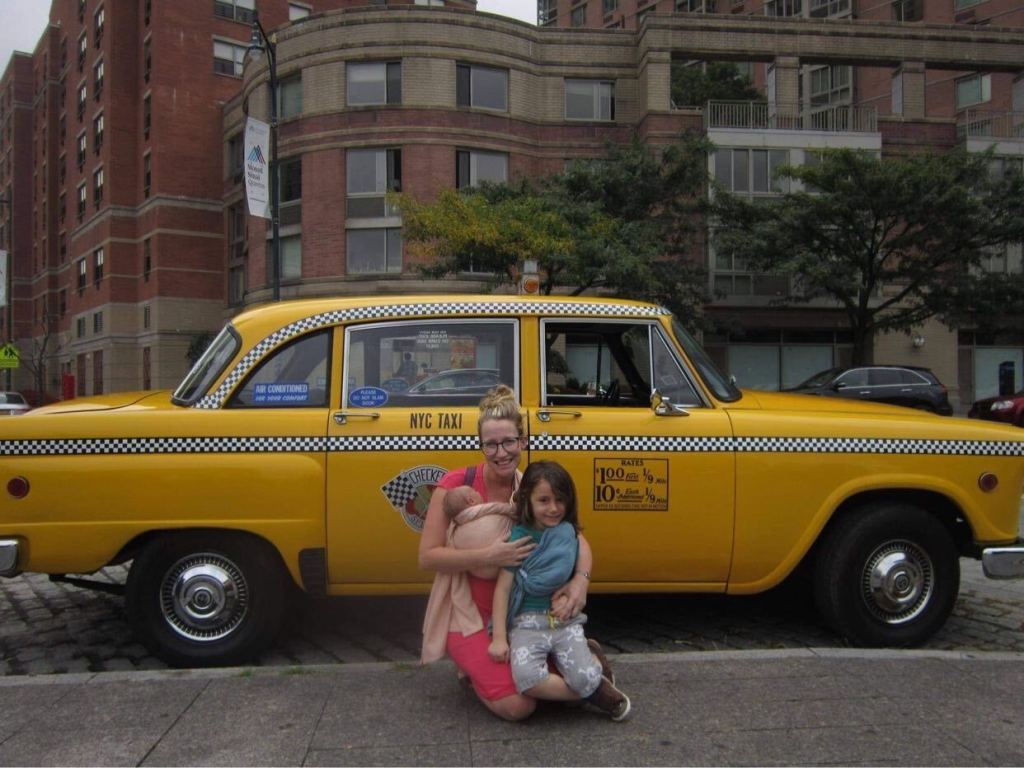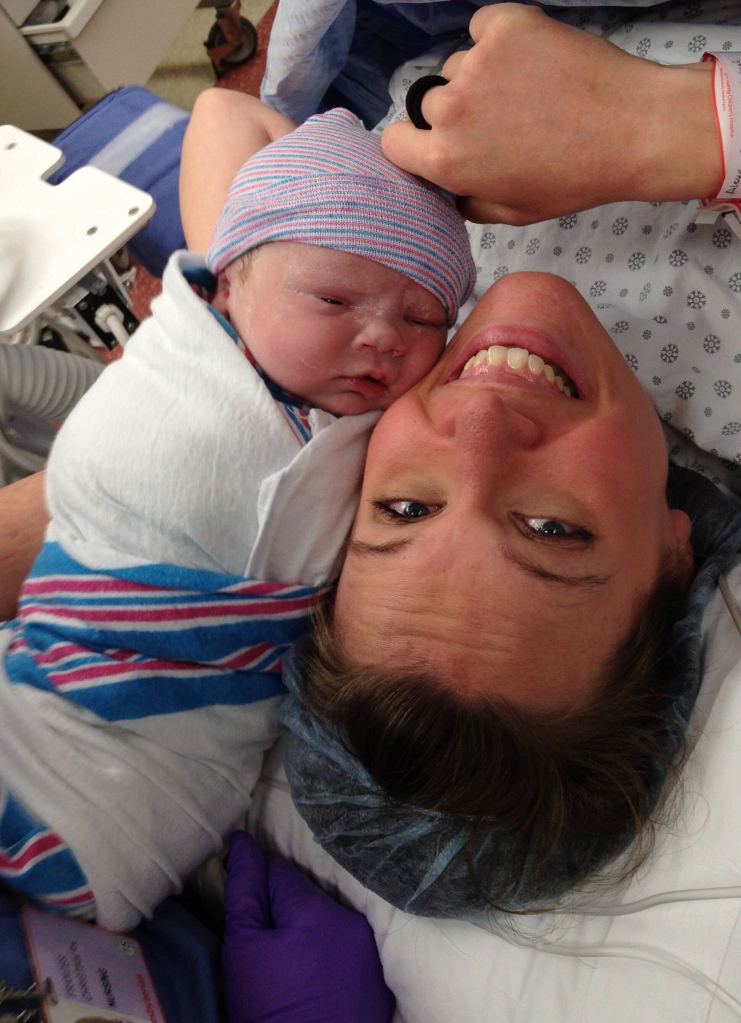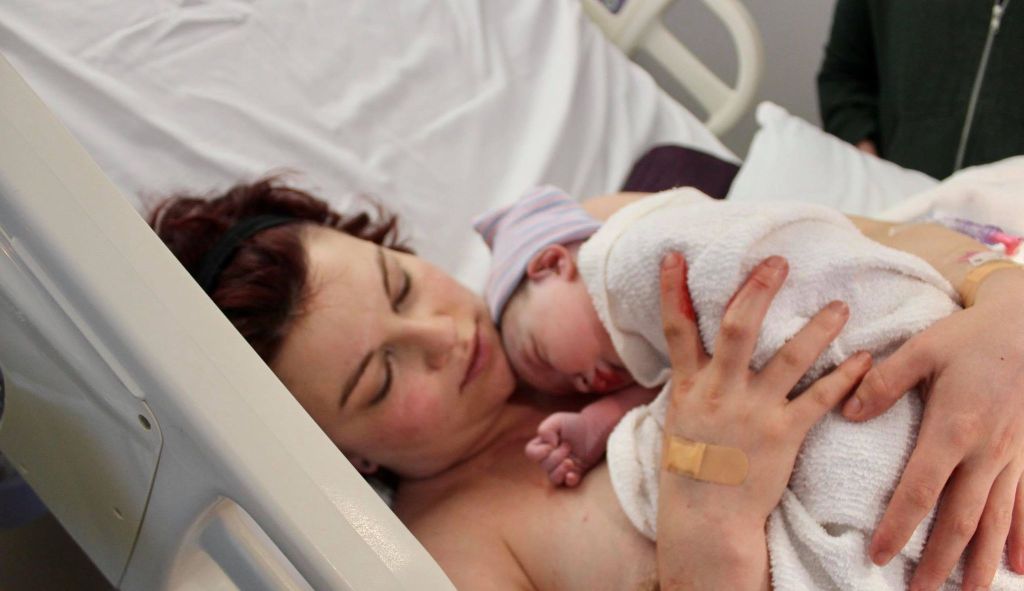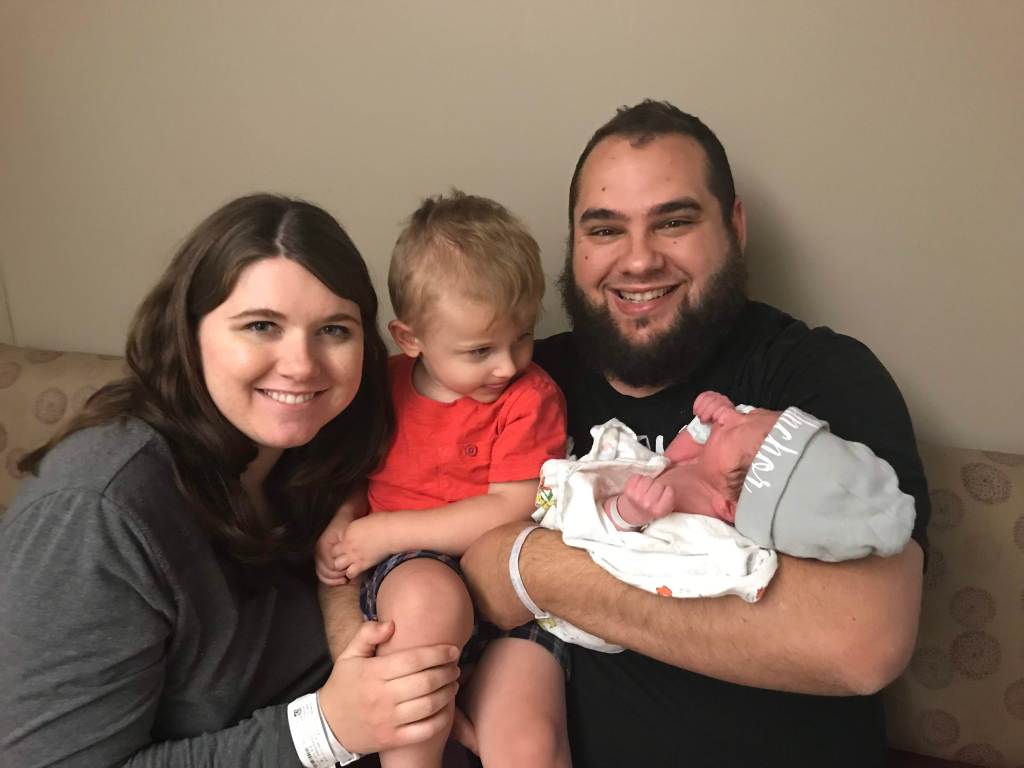If you’ve attended a childbirth class or talked with a brand-new mom, there are plenty of things you’ve undoubtedly heard about—from pain-control options (hello, epidurals!) to that sweet moment you first hold your baby—but you might be surprised to learn there are details about giving birth no one seems to talk about. Keep reading as we shine a light on ten of those rarely discussed labor and delivery secrets.
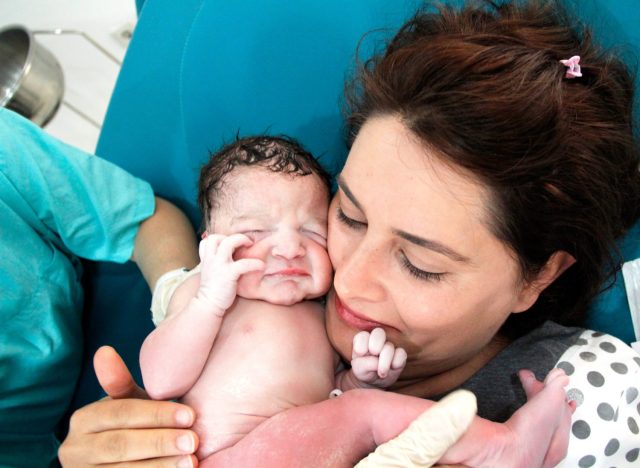
1. Anyone may deliver your baby.
Okay, not literally anyone…unless, of course, you have a side-of-the-highway baby. (Quick! Knock on wood.) But keep in mind that your OB or midwife may not be the person to deliver your baby. Because of how doctors and midwives schedule their shifts, it’s possible that someone you have never met may be on call on D-Day. Rest assured, you’re in good hands, and though it may seem hard to believe now, when you get to that stage of labor, you won’t care who delivers your baby.
2. Your birth plan may take a turn.
When you’re expecting your first baby or two, you may head to the hospital with a birth plan in hand, typed clearly and concisely in 12-point font detailing all of your wishes for the birth. But don’t be surprised if at some point in your labor, all of those “musts” seem to fade into oblivion and are replaced in bold font, all caps with GET THIS BABY OUT.
3. Total strangers seeing you totally naked will seem totally normal.
Unless your past includes time spent in a nudist colony or you have a special affinity for skinny-dipping, chances are the thought of being bare-butt naked in front of strangers probably makes your toes curl. But when the transition phase of labor hits, we can all but guarantee you’ll throw caution—and your hospital gown—to the wind. If the thought is discomfiting, take heart: Baby will be in a birthday suit, too, so at least you’ll be in good company.
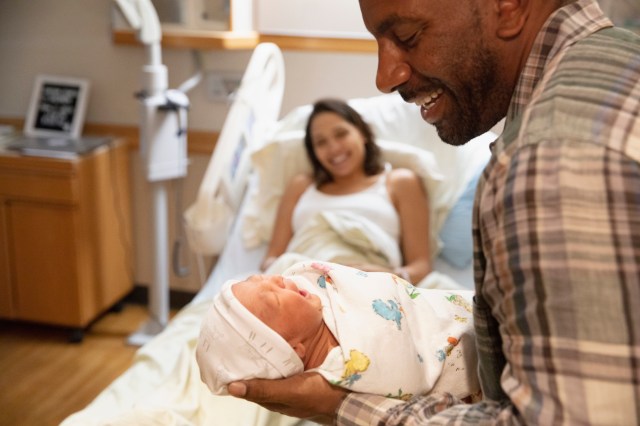
4. You have an alter ego.
When your labor amps up, you may find you have a hidden drama queen or foul-mouthed sailor living inside of you. You might make animal noises so impressive you would put a drama student in a performance of the Lion King to shame. (Yes, growling or even roaring like a ferocious animal happens in the delivery room.) Or, you might find that you suddenly have a new and expanded vocabulary not fit for tiny ears. (Don’t worry, baby is well-insulated in the birth canal.)
5. The nurses may ask if you want a mirror.
And, they aren’t wondering if you want to check your makeup. In the middle of the most dramatic, life-changing (not to mention painful) moment of your life, a nurse could ask if you would like a mirror to see baby crowning. Some women do; some women really don't. You do you.
6. Everyone poops.
Especially moms in labor. While you may feel nonplussed at the thought now, it’s actually a good thing! It means you’re using the right muscles to push that baby out into the world. In the moment, it won’t even register on your embarrassment radar, and your childbirth team have seen it all before.
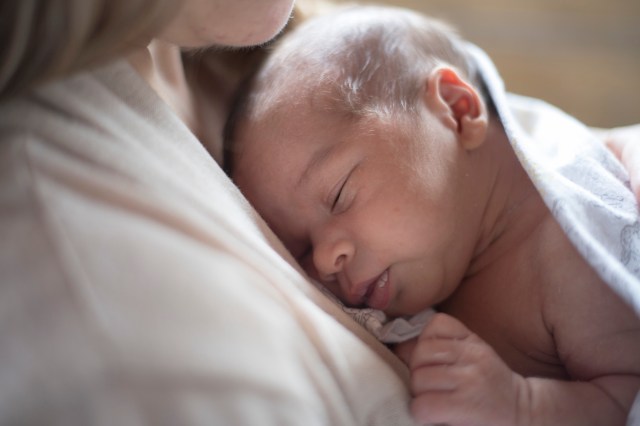
7. You go through delivery twice.
We’re not talking about twins! If you’ve ever sat through a childbirth video, you know it typically ends a few moments after baby enters the world. So what you don’t see (and your OB or midwife may never mention prior to delivery) is that you will have a baby-size, liver-like organ come out of you within an hour of your little one making his or her entrance into the world. But don’t worry, though mildly uncomfortable, the placenta-expelling process only lasts a minute or two. (Also, be prepared for the nurses to ask if you would like the save the nutrient-rich organ. Post-hospital placenta smoothie, anyone?)
8. You don’t leave the hospital wearing your own underwear.
We’ve all seen those photos of a celebrity walking out of the hospital after giving birth, holding a newborn baby and sporting perfectly coiffed hair and heels. (Kate Middleton, we’re looking at you!) It’s easy to forget that underneath that glam exterior is sure to be…mesh, boy-short-style underwear. Yep, it’s true. The reason? You will likely bleed for weeks after delivery. Mesh panties, giant maxi pads and postpartum cold packs, also known as “padsicles,” will become your new BFFs. And, while you may have heard about the possibility of going period-free for a while after giving birth, keep in mind you could get your period as soon as four weeks post-partum.
9. How quickly you may (or may not) forget.
People like to say that you quickly “forget all the pain” once baby arrives. For those who don’t experience that euphoric selective amnesia, the events surrounding your labor and delivery, particularly if complicated, may stay fresh in your mind for months or even years after. That clear recollection can trigger a sort of PTSD (not to be confused with postpartum depression) that includes emotional distress, flashbacks and even physical responses, like sweating, nausea or trembling. Apparently, birth is the one time a forgetful memory is a positive thing!
10. Everyone bonds differently.
The first moment you hold your baby may be forever etched in your memory. Or, it may be a blur. You may be instantly overcome with love for your baby, or it may take time to develop a connection with this new human being. There is no right or wrong way to experience motherhood. Every baby is different. Every mama is different. And how you experience each other for the first time through labor, delivery and those first moments of your new life together will be, too.
—Suzanna Palmer
RELATED STORIES:
One Cool Thing: Bodily, for Birth & Pregnancy Recovery Help
Newborn Must-Haves You’ll Need in the First Weeks
Gifts New Moms Really Want & Need







